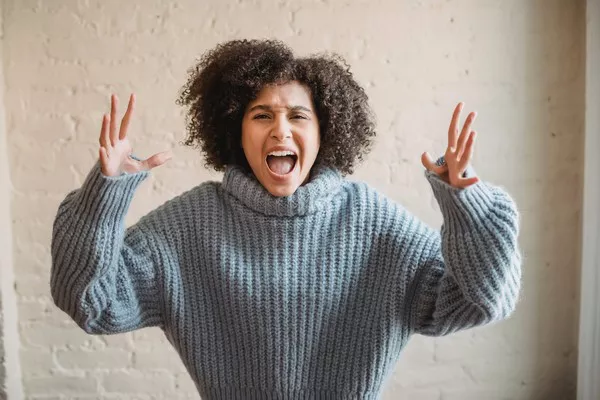As the sun dipped below the horizon on the evening of Friday, October 28, casting an eerie glow over the campus beneath a full moon, the commencement of Halloweekend unfolded. Each year, the transformation of the tranquil dormitory setting into a realm teeming with characters—devils and angels at frat parties, goblins queuing up for midnight snacks at Pancheros, and leather-clad vampires congregating at the Michigan Theater for the annual screening of “The Rocky Horror Picture Show”—marked the onset of a vibrant celebration. For an extraterrestrial observer touching down on the University of Michigan campus during Halloweekend, the spectacle might evoke thoughts of a ritualistic offering to some unhinged party deity. Alternatively, one could attempt to seamlessly blend into the festivities, perhaps finding solace at Lutherween.
On this particular Friday night, the prospect of unyielding revelry beckoned. Despite the desire to assert, “I attend the University of Michigan, and nothing shall hinder my enjoyment during Halloweekend,” a different adversary, less discussed but more insidious than any supernatural apparition, lurked in the shadows of Halloween. For individuals grappling with social anxiety amid large crowds and boisterous celebrations, Halloweekend manifested as a source of trepidation rather than delight—an anxiety-inducing phenomenon that induced weeks, even months, of anticipatory distress. Those familiar with this struggle comprehend the profound impact it can have.
As the clock struck 9 p.m. that Friday, pregame festivities with friends ensued. Yet, amidst laughter, a sudden realization set in—the internal conflict of not belonging. Laughter morphed into an ominous cackle, music transformed into a war cry, and the confines of a small dorm room morphed into a daunting prison. Suppressing the urge to flee, the struggle intensified as the environment seemed to dissolve into a threat. The pulsating beats of Cardi B became an unsettling buzz, and the room that should have been a prelude to an enjoyable night out instead felt like a perilous cave, evoking a primitive fight-or-flight response.
Engaging in deep breaths became a coping mechanism, an attempt to anchor oneself amid the onslaught of overwhelming sensations. However, the anxiety persisted, infiltrating thoughts and distorting the perception of immediate danger. The notion of facing a social event turned from a casual Friday night outing into a primal confrontation with perceived threats.
In the quest for reprieve, the idea of utilizing a Halloween costume as a shield against party invitations emerged—a symbolic gesture to ward off social expectations. The prospect of retreating to the safety of blankets, a solitary candle for company, and a movie as the campus vibrated with activity outside the window seemed preferable to navigating the night’s social demands. In a night dedicated to donning masks and assuming different identities, the inescapable reality remained—personal identity transcended the ephemeral nature of costumes.
Villains, the article posits, manifest in various forms. Anxiety, described as bitter and poisonous, follows closely, refusing to release its grip on the throat of those grappling with social anxiety. Despite eventual participation in events and moments of enjoyment, anxiety persists as a relentless companion, casting shadows on every bright encounter with loved ones. The narrative emphasizes the desire to confront anxiety openly rather than allow it to fester unnoticed in the shadows.
As midnight arrives, the scene shifts to a party. Amidst friends and the pulsating beat of music, the narrative takes a turn, describing the sensory overload experienced by the protagonist. The symphony of sights and sounds—ranging from a boy in a banana onesie smoking a joint to a group laughing around a beer keg—creates a kaleidoscope of experiences. The account paints a vivid picture of the multifaceted sensory inputs, culminating in the protagonist finding solace in the immersive atmosphere, if only for a fleeting moment.
The concluding sentiments encapsulate the essence of the Halloween experience—a celebration that inherently embraces a touch of terror and darkness. The article suggests a defiant approach: instead of fearing the reaper, howl back at it. In the balance between terror and darkness, the night unfolds as an opportunity to confront fears, transcending the boundaries of anxiety and embracing the spirit of Halloween.





























